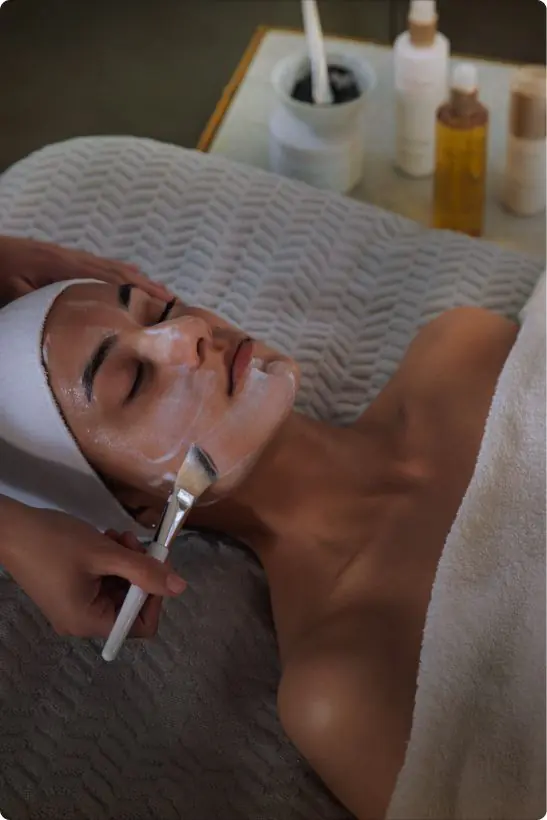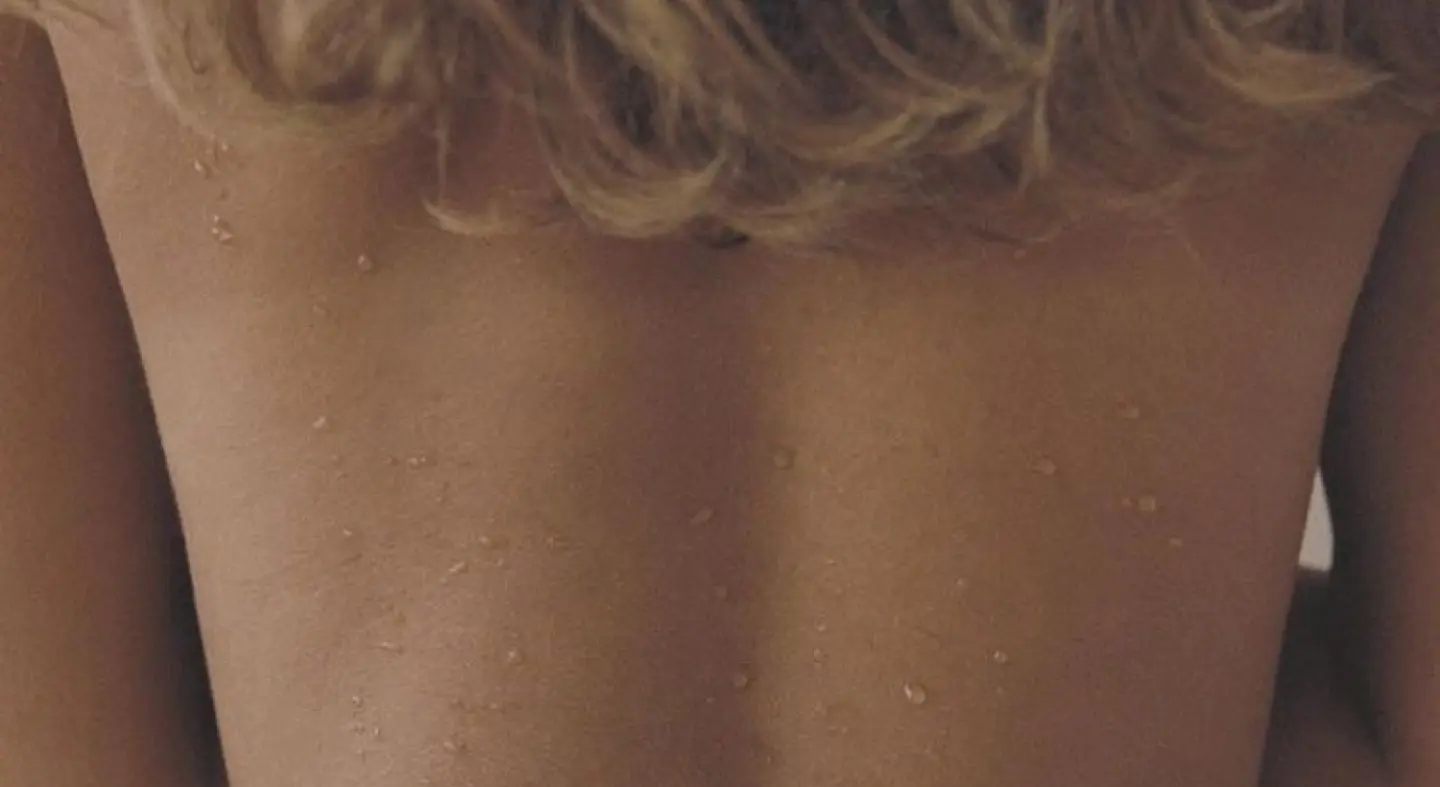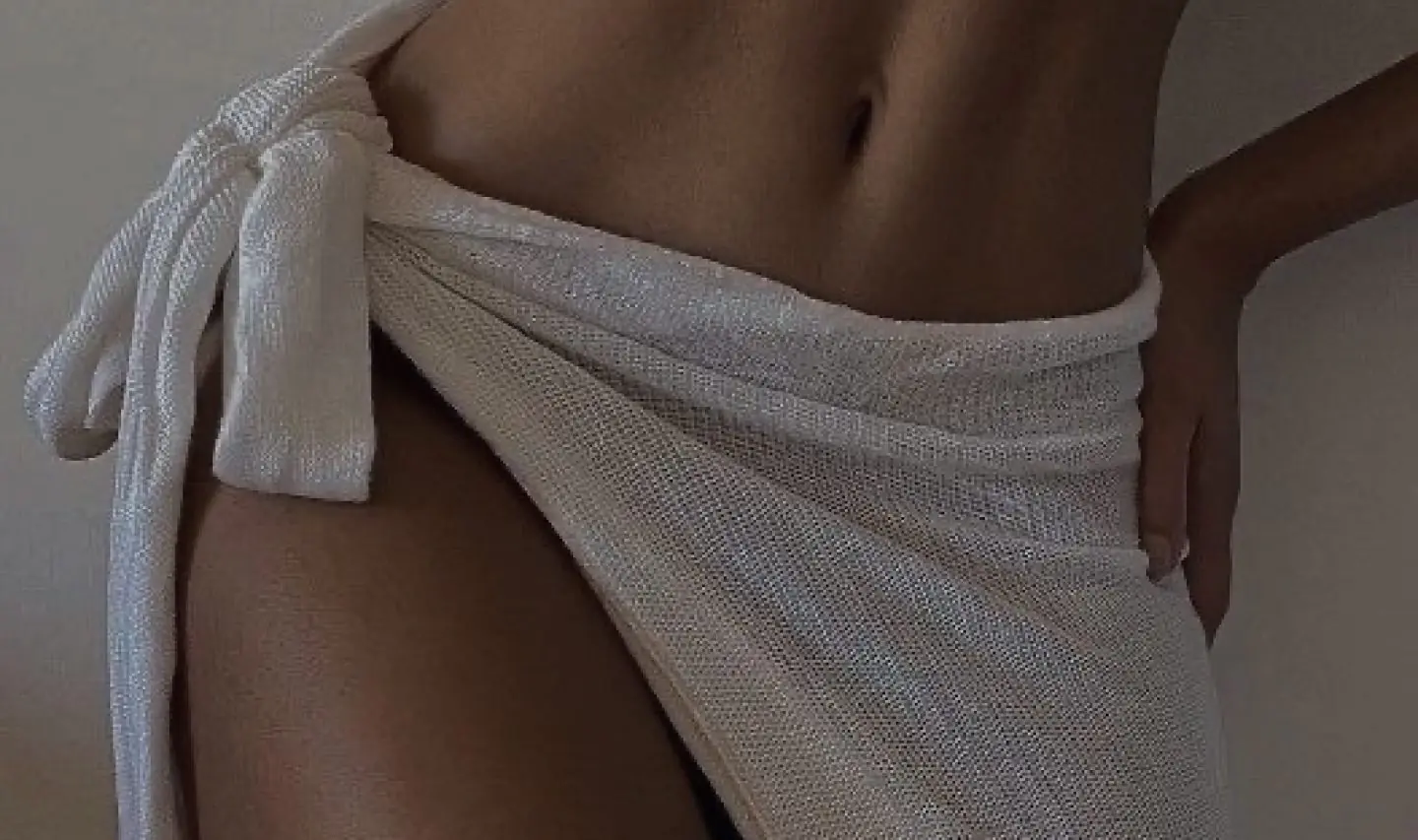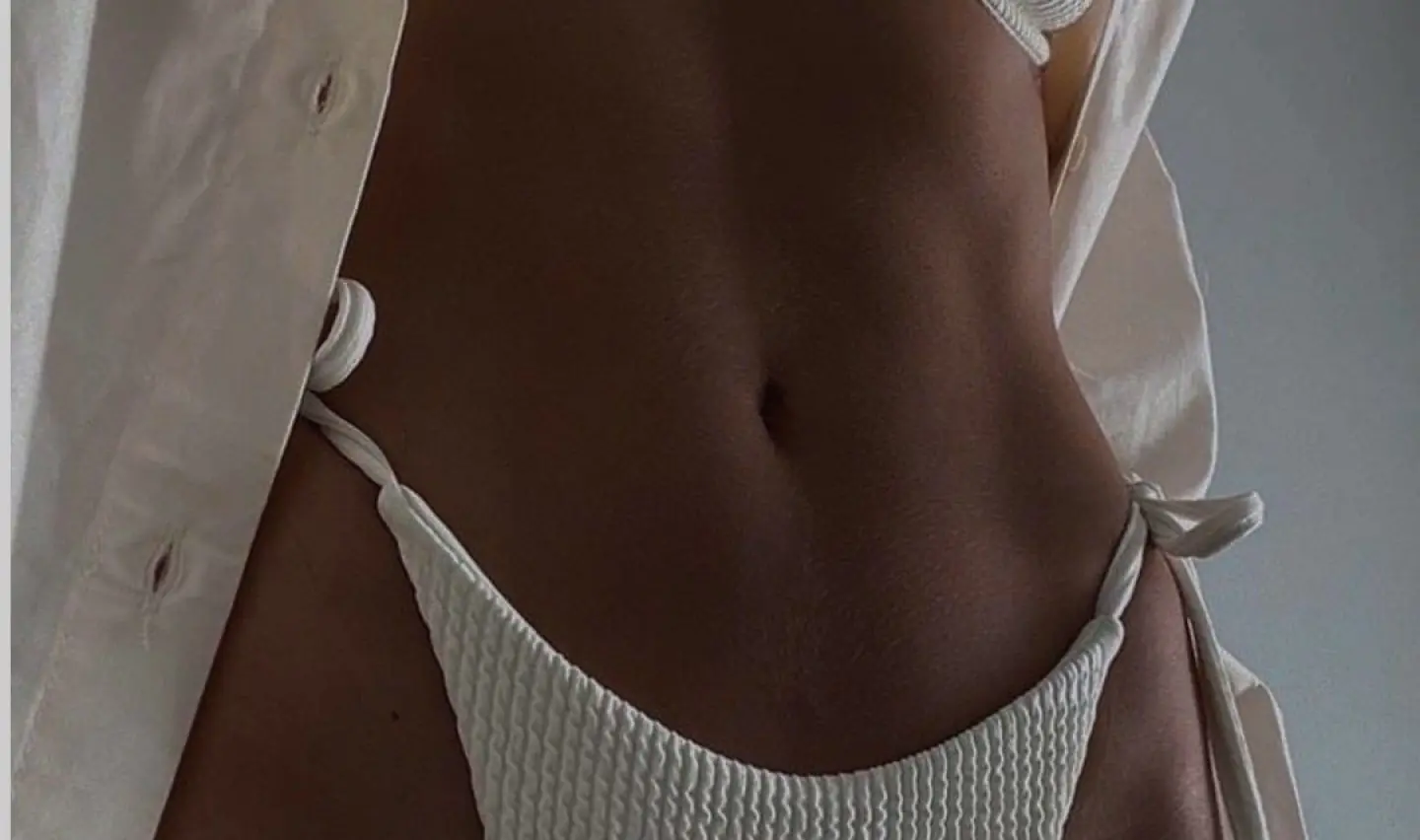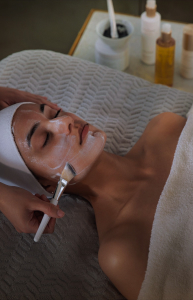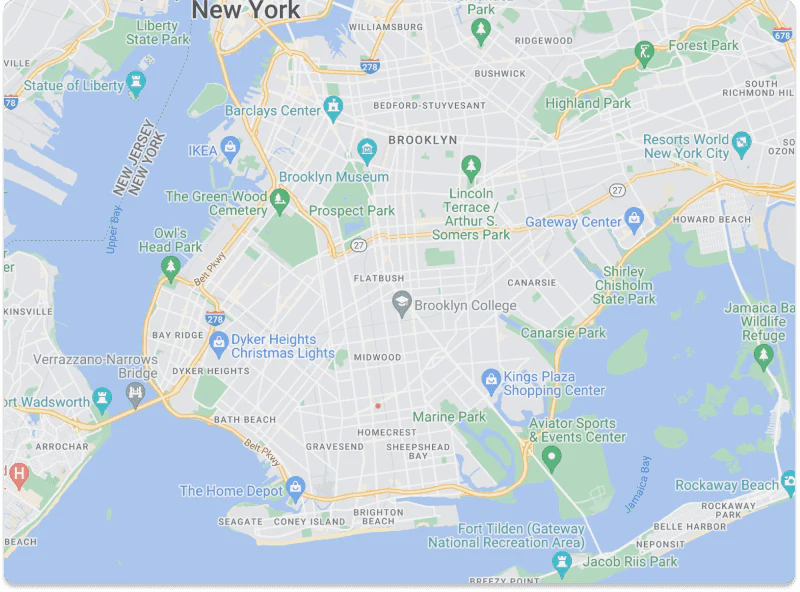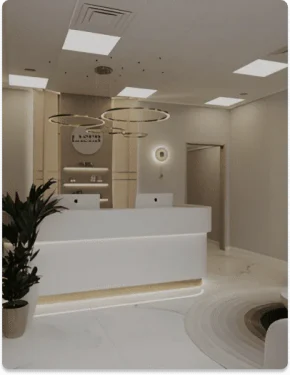Acne After Laser Hair Removal And Its Treatment

Home / Blog
Acne After Laser Hair Removal And Its Treatment

Home / Blog
Summary
1. Acne After Laser Hair Removal
2. Causes of Acne After Laser Hair Removal
3. Treatment Options for Acne After Laser Hair Removal
4. Prevention Tips for Acne After Laser Hair Removal

Acne After Laser Hair Removal
Unwanted hair can be removed from various parts of the body using the popular and efficient laser hair removal procedure.
It provides a long-lasting method to stop hair growth, leaving skin that is smooth and hair-free. Acne is one of the most frequent side effects of laser hair removal, but this is true of any cosmetic procedure.
Acne that appears afterlaser hair removal can be upsetting and uncomfortable because it can detract from the skin’s smooth, flawless appearance. We’ll look at the causes, available treatments, and prevention advice for acne after laser hair removal in this blog post.
It provides a long-lasting method to stop hair growth, leaving skin that is smooth and hair-free. Acne is one of the most frequent side effects of laser hair removal, but this is true of any cosmetic procedure.
Acne that appears afterlaser hair removal can be upsetting and uncomfortable because it can detract from the skin’s smooth, flawless appearance. We’ll look at the causes, available treatments, and prevention advice for acne after laser hair removal in this blog post.
Causes of Acne After Laser Hair Removal
There are numerous factors that can lead to acne after laser hair removal. In order to effectively treat and prevent acne breakouts, it’s imperative to understand the underlying causes. Here are a few typical reasons:
Folliculitis: Hair follicle inflammation or infection can result in foliculitis, a common skin condition. The heat produced by the laser during the hair removal process may cause it to start. Heat-related irritation and inflammation can result in acne-like red bumps and pustules.
Bacterial infection: Laser hair removal can upset the skin’s normal bacterial balance, which can cause an overgrowth of bacteria that cause acne, like Propionibacterium acnes. As a result, acne outbreaks may appear soon after the procedure.
Ingrown Hairs: Hairs that grow back into the skin rather than outward are known as ingrown hairs. The risk of ingrown hairs increasing as a result of hair follicle damage or distortion brought on by laser hair removal. Ingrown hairs can result in bumps that resemble acne by inflaming and causing redness.
Post-Inflammatory Hyperpigmentation: Laser hair removal frequently causes hyperpigmentation after inflammation (PIH). It happens when the skin becomes inflamed and responds by overproducing melanin, which can leave the skin with dark patches or spots. Due to its resemblance in appearance to acne, PIH can occasionally be misdiagnosed.
Skin Sensitivity: People with sensitive skin may be more likely to experience acne after laser hair removal. In people with sensitive skin, the laser energy can irritate and inflame the skin, which can result in acne breakouts.
Folliculitis: Hair follicle inflammation or infection can result in foliculitis, a common skin condition. The heat produced by the laser during the hair removal process may cause it to start. Heat-related irritation and inflammation can result in acne-like red bumps and pustules.
Bacterial infection: Laser hair removal can upset the skin’s normal bacterial balance, which can cause an overgrowth of bacteria that cause acne, like Propionibacterium acnes. As a result, acne outbreaks may appear soon after the procedure.
Ingrown Hairs: Hairs that grow back into the skin rather than outward are known as ingrown hairs. The risk of ingrown hairs increasing as a result of hair follicle damage or distortion brought on by laser hair removal. Ingrown hairs can result in bumps that resemble acne by inflaming and causing redness.
Post-Inflammatory Hyperpigmentation: Laser hair removal frequently causes hyperpigmentation after inflammation (PIH). It happens when the skin becomes inflamed and responds by overproducing melanin, which can leave the skin with dark patches or spots. Due to its resemblance in appearance to acne, PIH can occasionally be misdiagnosed.
Skin Sensitivity: People with sensitive skin may be more likely to experience acne after laser hair removal. In people with sensitive skin, the laser energy can irritate and inflame the skin, which can result in acne breakouts.
Treatment Options for Acne After Laser Hair Removal
If you experience acne after laser hair removal, you have a number of options for managing and treating the symptoms. A Plastic Surgeon or other licensed healthcare provider should be consulted for a precise diagnosis and individualized treatment plan. Following laser hair removal, common treatment options for acne include the following:
Topical medications: To help reduce swelling, unclog pores, and eliminate acne-causing bacteria, topical medications with ingredients like benzoyl peroxide, salicylic acid, or retinoids can be applied directly to the affected areas. Depending on the severity of the acne, you can buy these drugs over-the-counter or with a prescription.
Oral medications: A plastic surgeon may occasionally recommend oral medications to treat acne that develops after laser hair removal. Bacterial infections linked to acne breakouts may be treated with antibiotics like doxycycline or minocycline. Females with hormonal acne may also be prescribed hormone-related drugs, such as birth control pills.
Chemical Peels: A chemical solution is applied to the skin during a cosmetic procedure called a chemical peel to remove the outermost layer of dead skin cells and unclog pores. Chemical peels can help clear up acne-prone skin and lower the danger of by encouraging skin cell turnover and decreasing inflammation, PIH can be treated.
Corticosteroid Creams: After laser hair removal, a plastic surgeon may recommend corticosteroid creams to lessen the inflammation and redness brought on by acne. These creams can effectively manage inflammation brought on by folliculitis or other skin conditions because they suppress the immune response.
Light Therapy: Following laser hair removal, acne may be treated with light therapy, also referred to as phototherapy. Different types of light, like red or blue light, can target and kill bacteria that cause acne or lessen skin inflammation. Using specialized equipment, light therapy can be performed in a plastic surgeon’s office or at home.
Microdermabrasion: A non-invasive cosmetic procedure known as microdermabrasion involves using a device to gently exfoliate the top layer of the skin. This helps to clear clogged pores and lessen the visibility of acne scars or PIH. A trained professional can perform microdermabrasion at a spa or in a plastic surgeon’s office.
Avoiding Irritating Products: After laser hair removal, it’s important to steer clear of using harsh or irritant-containing skincare products on the treated areas. These products have the potential to aggravate skin irritation and acne breakouts. Instead, choose gentle, non-comedogenic skincare items designed especially for people with sensitive or acne-prone skin.
Proper Skincare Routine: Establishing a good skincare routine can aid in preventing and controlling acne after laser hair removal. Use a non-comedogenic moisturizer after twice-daily gentle cleaning of the treated areas with a mild cleanser. Avoid popping or picking at acne lesions because doing so can exacerbate inflammation and leave scars. Additionally, skin can be shielded from damaging UV rays and PIH by wearing sunscreen with at least SPF 30.
Lifestyle Changes: Altering your way of life can also aid in controlling acne after laser hair removal. Wearing clothing that is too tight can exacerbate acne breakouts by trapping sweat and bacteria against the skin. After working out, change out of your sweaty clothes as soon as you can. Avoid touching your face with dirty hands as this can spread bacteria and cause acne breakouts. Keep your skin clean.
Topical medications: To help reduce swelling, unclog pores, and eliminate acne-causing bacteria, topical medications with ingredients like benzoyl peroxide, salicylic acid, or retinoids can be applied directly to the affected areas. Depending on the severity of the acne, you can buy these drugs over-the-counter or with a prescription.
Oral medications: A plastic surgeon may occasionally recommend oral medications to treat acne that develops after laser hair removal. Bacterial infections linked to acne breakouts may be treated with antibiotics like doxycycline or minocycline. Females with hormonal acne may also be prescribed hormone-related drugs, such as birth control pills.
Chemical Peels: A chemical solution is applied to the skin during a cosmetic procedure called a chemical peel to remove the outermost layer of dead skin cells and unclog pores. Chemical peels can help clear up acne-prone skin and lower the danger of by encouraging skin cell turnover and decreasing inflammation, PIH can be treated.
Corticosteroid Creams: After laser hair removal, a plastic surgeon may recommend corticosteroid creams to lessen the inflammation and redness brought on by acne. These creams can effectively manage inflammation brought on by folliculitis or other skin conditions because they suppress the immune response.
Light Therapy: Following laser hair removal, acne may be treated with light therapy, also referred to as phototherapy. Different types of light, like red or blue light, can target and kill bacteria that cause acne or lessen skin inflammation. Using specialized equipment, light therapy can be performed in a plastic surgeon’s office or at home.
Microdermabrasion: A non-invasive cosmetic procedure known as microdermabrasion involves using a device to gently exfoliate the top layer of the skin. This helps to clear clogged pores and lessen the visibility of acne scars or PIH. A trained professional can perform microdermabrasion at a spa or in a plastic surgeon’s office.
Avoiding Irritating Products: After laser hair removal, it’s important to steer clear of using harsh or irritant-containing skincare products on the treated areas. These products have the potential to aggravate skin irritation and acne breakouts. Instead, choose gentle, non-comedogenic skincare items designed especially for people with sensitive or acne-prone skin.
Proper Skincare Routine: Establishing a good skincare routine can aid in preventing and controlling acne after laser hair removal. Use a non-comedogenic moisturizer after twice-daily gentle cleaning of the treated areas with a mild cleanser. Avoid popping or picking at acne lesions because doing so can exacerbate inflammation and leave scars. Additionally, skin can be shielded from damaging UV rays and PIH by wearing sunscreen with at least SPF 30.
Lifestyle Changes: Altering your way of life can also aid in controlling acne after laser hair removal. Wearing clothing that is too tight can exacerbate acne breakouts by trapping sweat and bacteria against the skin. After working out, change out of your sweaty clothes as soon as you can. Avoid touching your face with dirty hands as this can spread bacteria and cause acne breakouts. Keep your skin clean.
Prevention Tips for Acne After Laser Hair Removal
While acne after laser hair removal can’t always be completely avoided, there are some preventive steps that can be taken to lower the likelihood of getting breakouts. Here are some preventative advice:
Choose a Reputable and Experienced Provider: Make sure the laser hair removal specialist you choose has a good reputation and plenty of experience. Verify their training and certification for the procedure. Acne outbreaks can be prevented by a skilled provider who can also ensure proper technique and settings are used while minimizing the risk of complications.
Follow Aftercare Instructions: Carefully adhere to your provider’s aftercare instructions. These directions might state to stay out of the sun, stay out of hot baths or showers, stay out of harsh skincare products, and stay out of excessive sweating for a certain amount of time after the procedure. By following these guidelines, you can lessen your risk of developing acne by preventing skin irritation and inflammation.
Opt for Gentle Hair Removal Methods: If you have a history of acne or sensitive skin, you might want to forego laser hair removal in favor of gentle hair removal techniques like shaving or using a depilatory cream. These techniques are less likely to result in acne breakouts because they don’t subject the hair follicles to heat or trauma.
Practice Good Hygiene: Take care of yourself both before and after laser hair removal. Before the procedure, gently clean the treated areas to get rid of any dirt or bacteria that might be on the skin. Keep the areas that were treated after the procedure. To avoid clogged pores and acne outbreaks, keep your skin clean and adhere to a proper skincare regimen. Avoid using unclean hands to touch the treated areas as this can spread bacteria and cause acne.
Avoid Sun Exposure: After laser hair removal, exposure to the sun can increase the risk of acne outbreaks. UV rays can aggravate the skin and cause inflammation, which can result in acne outbreaks. For at least a week following the procedure, it’s crucial to avoid exposing the treated areas to direct sunlight. To protect the skin from damaging UV rays, always wear sunscreen with at least SPF 30 when venturing outside.
Use Non-Comedogenic Skincare Products: Steer clear of heavy or greasy skincare products, which can clog pores and aggravate acne breakouts. Look for skincare items that are non-comedogenic and designed especially for acne-prone or delicate skin. These products have a lower propensity to clog pores and worsen acne.
Keep the Skin Moisturized: Maintaining your skin’s barrier function and avoiding dryness and irritation, both of which can lead to acne breakouts, is possible with proper hydration and moisturization. To keep the skin hydrated and healthy in the treated areas, use a non-comedogenic moisturizer.
Be Gentle with Your Skin: Avoid vigorously rubbing or exfoliating the areas that have been treated because doing so can aggravate the skin and lead to breakouts of acne. Use a soft towel or pat the skin dry instead of rubbing the treated areas vigorously when cleansing or applying skincare products.
Avoid Heat and Sweating: Especially after laser hair removal, heat and sweating can cause acne outbreaks. For at least 24 to 48 hours following the procedure, stay away from hot showers, baths, saunas, or steam rooms as the heat can irritate the skin and aggravate acne breakouts. Additionally, for a few days after the procedure, refrain from strenuous exercise or other activities that make you sweat excessively.
Follow a Healthy Lifestyle: Maintaining a healthy lifestyle can help to maintain healthy skin and stop acne outbreaks. Consume a healthy diet that is high in fruits, vegetables, and whole grains, and steer clear of processed food, sugary food, and dairy products, all of which have been associated with acne outbreaks in some people. Get enough sleep, control your stress, abstain from smoking and binge drinking, as these activities can also affect the health of your skin.
In conclusion, some people may have a common worry about developing acne after laser hair removal. However, acne breakouts can be effectively managed with the right skincare, available treatments, and preventative measures.
Choose a Reputable and Experienced Provider: Make sure the laser hair removal specialist you choose has a good reputation and plenty of experience. Verify their training and certification for the procedure. Acne outbreaks can be prevented by a skilled provider who can also ensure proper technique and settings are used while minimizing the risk of complications.
Follow Aftercare Instructions: Carefully adhere to your provider’s aftercare instructions. These directions might state to stay out of the sun, stay out of hot baths or showers, stay out of harsh skincare products, and stay out of excessive sweating for a certain amount of time after the procedure. By following these guidelines, you can lessen your risk of developing acne by preventing skin irritation and inflammation.
Opt for Gentle Hair Removal Methods: If you have a history of acne or sensitive skin, you might want to forego laser hair removal in favor of gentle hair removal techniques like shaving or using a depilatory cream. These techniques are less likely to result in acne breakouts because they don’t subject the hair follicles to heat or trauma.
Practice Good Hygiene: Take care of yourself both before and after laser hair removal. Before the procedure, gently clean the treated areas to get rid of any dirt or bacteria that might be on the skin. Keep the areas that were treated after the procedure. To avoid clogged pores and acne outbreaks, keep your skin clean and adhere to a proper skincare regimen. Avoid using unclean hands to touch the treated areas as this can spread bacteria and cause acne.
Avoid Sun Exposure: After laser hair removal, exposure to the sun can increase the risk of acne outbreaks. UV rays can aggravate the skin and cause inflammation, which can result in acne outbreaks. For at least a week following the procedure, it’s crucial to avoid exposing the treated areas to direct sunlight. To protect the skin from damaging UV rays, always wear sunscreen with at least SPF 30 when venturing outside.
Use Non-Comedogenic Skincare Products: Steer clear of heavy or greasy skincare products, which can clog pores and aggravate acne breakouts. Look for skincare items that are non-comedogenic and designed especially for acne-prone or delicate skin. These products have a lower propensity to clog pores and worsen acne.
Keep the Skin Moisturized: Maintaining your skin’s barrier function and avoiding dryness and irritation, both of which can lead to acne breakouts, is possible with proper hydration and moisturization. To keep the skin hydrated and healthy in the treated areas, use a non-comedogenic moisturizer.
Be Gentle with Your Skin: Avoid vigorously rubbing or exfoliating the areas that have been treated because doing so can aggravate the skin and lead to breakouts of acne. Use a soft towel or pat the skin dry instead of rubbing the treated areas vigorously when cleansing or applying skincare products.
Avoid Heat and Sweating: Especially after laser hair removal, heat and sweating can cause acne outbreaks. For at least 24 to 48 hours following the procedure, stay away from hot showers, baths, saunas, or steam rooms as the heat can irritate the skin and aggravate acne breakouts. Additionally, for a few days after the procedure, refrain from strenuous exercise or other activities that make you sweat excessively.
Follow a Healthy Lifestyle: Maintaining a healthy lifestyle can help to maintain healthy skin and stop acne outbreaks. Consume a healthy diet that is high in fruits, vegetables, and whole grains, and steer clear of processed food, sugary food, and dairy products, all of which have been associated with acne outbreaks in some people. Get enough sleep, control your stress, abstain from smoking and binge drinking, as these activities can also affect the health of your skin.
In conclusion, some people may have a common worry about developing acne after laser hair removal. However, acne breakouts can be effectively managed with the right skincare, available treatments, and preventative measures.

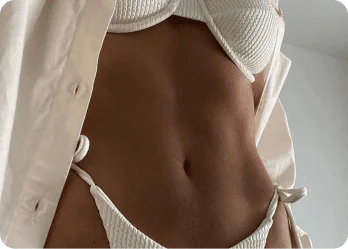

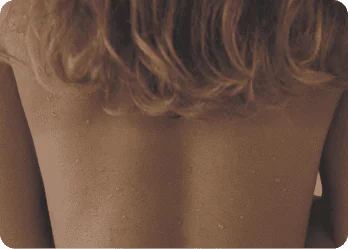




 21.01.2024
21.01.2024